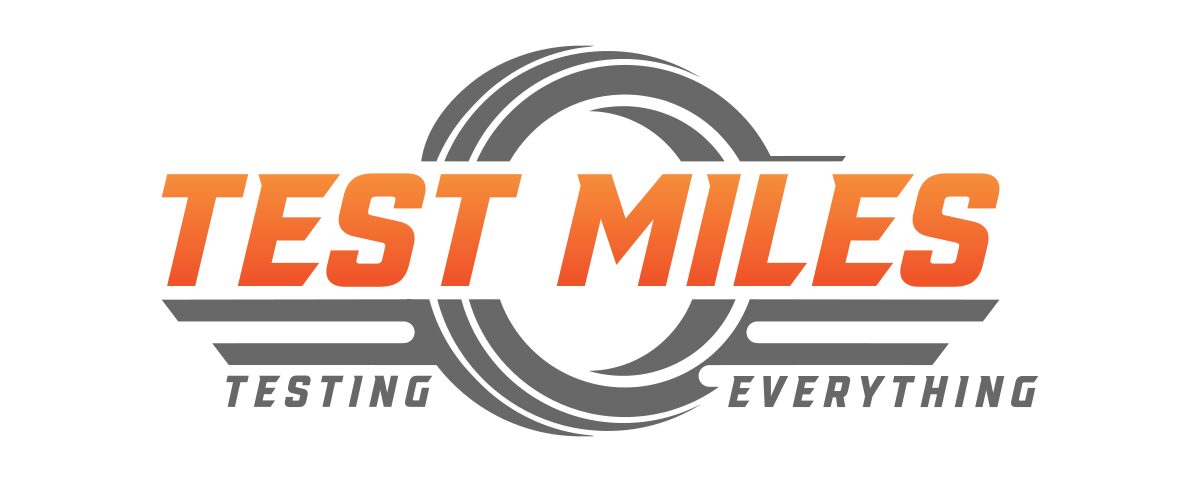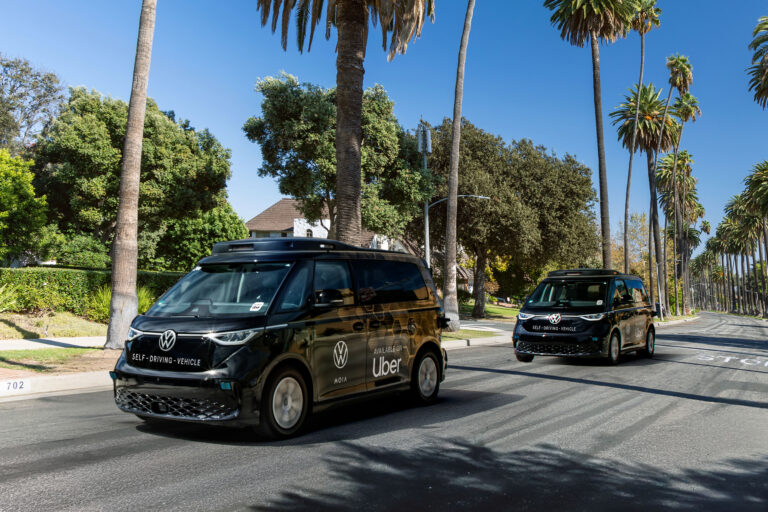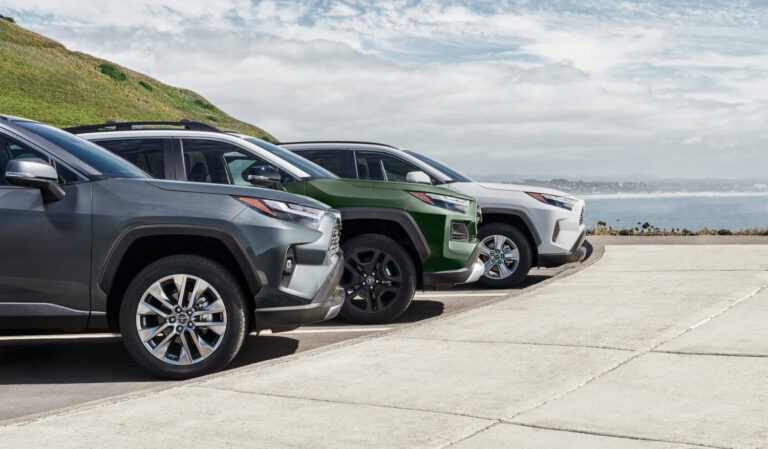Surprising car subscriptions you’ll pay for in your new vehicle
Surprising car subscriptions you’ll pay for in your new vehicle, learn about monthly or annual fees for features you thought you owned.
Why you should care about “feature fees” before you buy your next car
Buying a new car used to mean: pick your colour, choose your trim, and drive off the lot. These days you also have to ask: which features will cost you again next year? Automakers are quietly shifting to a subscription-based model for driver assistance, connected services, and even navigation. Here’s what you need to know before you sign on the dotted line.

Why does this matter right now?
We’re in a phase where cars are no longer just hardware; they’re software platforms on wheels. Brands like Tesla introduced the idea of “pay monthly for advanced driver assist” years ago. More recently, manufacturers such as Ford Motor Company and General Motors have rolled out hands-free highway driving systems or connected navigation with recurring fees. Reuters reported on GM’s push into subscription services.
From your perspective as a consumer this means the sticker price of the car is only one piece of the story. You must ask: what features come included? Which ones become pay-walls later? How many dollars per month (or per year) will they ask you for? The difference between “feature included” and “feature rented” is bigger than you might think.
Even law-makers, particularly in Europe, are starting to probe this business model and what it means for data access and consumer rights. The connected-vehicle model isn’t just about convenience; it’s about monetising your ride.
You may also like: 2025 Mitsubishi Outlander: A Family SUV That Delivers Value

How does it compare to rivals?
The subscription-feature landscape is uneven and evolving fast. For example, BMW previously floated a fee for Apple CarPlay then dropped the plan amid backlash. Meanwhile Ford reduced its monthly price for its “BlueCruise” hands-free system from around US$75 to US$50 a month. Reuters tracked the Ford price change
In contrast, some manufacturers still bundle a much wider range of connected services or driver-assist features into the purchase price, reserving subscriptions only for premium add-ons. This means when you compare one brand to another, you must not only compare specs, trim levels, and warranties you also have to compare what features will be locked behind a pay-wall later.
It’s not just horsepower and styling anymore: it’s feature-pricing, software architecture, and ecosystem access. What you thought was “included” may not truly be so.
You may also like: Hyundai’s U.S. Momentum: Five Years of Growth and A $26 Billion Bet
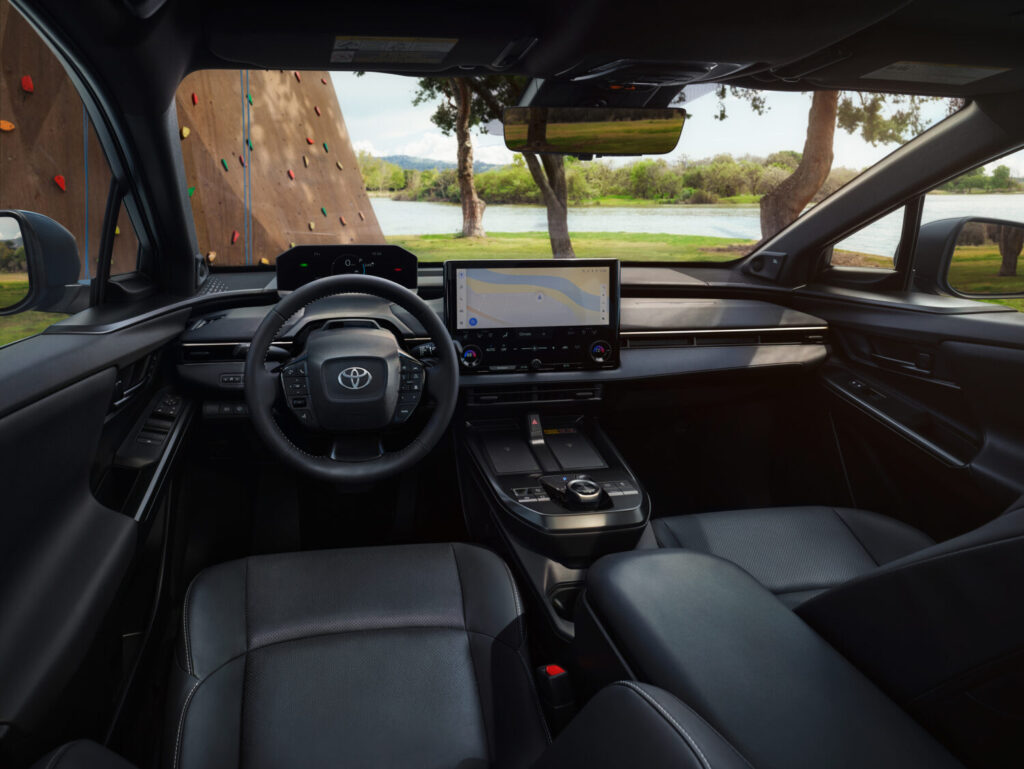
Who is this for and who should skip it?
This shift is most relevant for buyers of new cars, especially those who value the latest connected services, driver-assist features and in-car streaming or remote-access conveniences. If you enjoy hands-free highway driving, app-based remote start, embedded navigation updates or streaming in-car you might be comfortable with a model that invites subscription fees.
On the flip side: if you prefer simplicity, dislike recurring fees, or plan to keep a vehicle for a long time (10 years or more) and want all features included upfront, then a model that locks major features behind subscriptions may not suit you. Also, consider the used-car angle: if you buy used, many features may be “hardware ready but software locked”; you may end up paying for things you didn’t value.
Used-car buyers should be aware: resale value and second-owner costs can be impacted if features require active subscriptions or if the functionality is locked to the original buyer.
You may also like: The Future Is Feeling: How Smart Tech Is Re-Shaping Cars
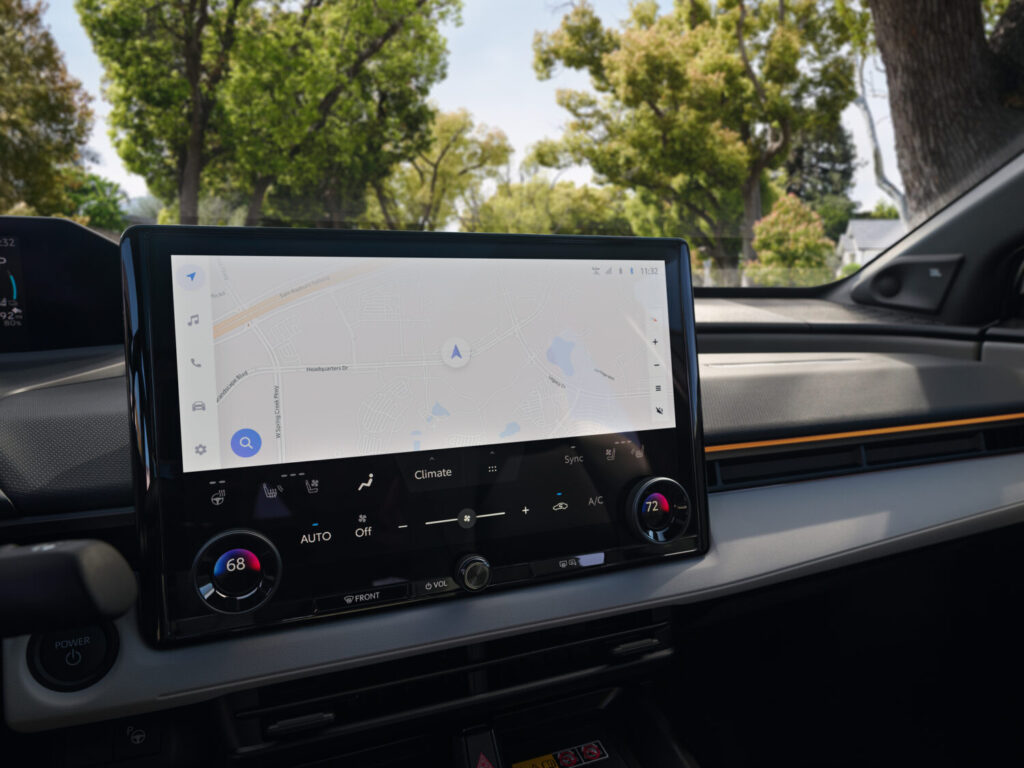
What is the long-term significance?
In the long term, the shift toward subscriptions and software-defined vehicles means that owning a car starts to look more like owning a smartphone or smart appliance: you buy the hardware, but you may pay over time for features. For automakers it opens predictable revenue streams, tighter data control, deeper customer relationships. Six Colors explained the data and subscription logic
For drivers and buyers this brings structural changes: your total cost of ownership increasingly includes monthly or annual fees; resale becomes more complex unless features are included “for life”; comparisons must now consider not just specs, but also “how many subscriptions will I pay in five years?” and “how many features are included vs locked?”.
Meanwhile, for you as a buyer, the monthly impact can be real: simple connected-services might cost under US$10/month; advanced driver-assist or hands-free systems could cost US$25-US$50/month (or hundreds annually); one-time unlocks cost thousands. When you buy a car today ask: does this make ownership simpler or more expensive over time? What happens if I trade in? If the next buyer loses access or must pay, what value remains?
Don’t view this as alarmist, it’s simply the new territory the automotive industry now inhabits.
You may also like: The Tiny SUVs Outselling the Big Guys
For more automotive stories, visit TestMiles.com.
